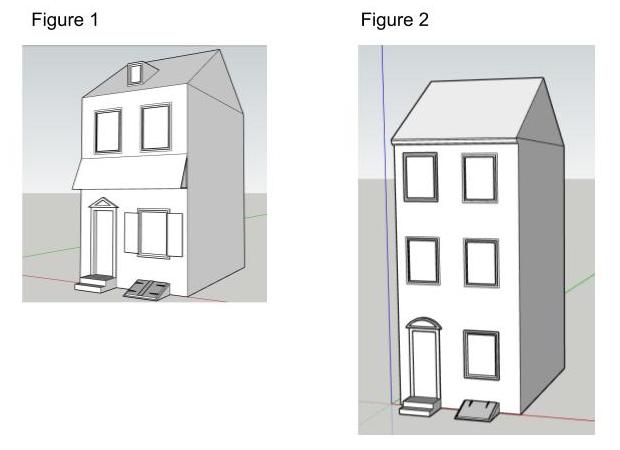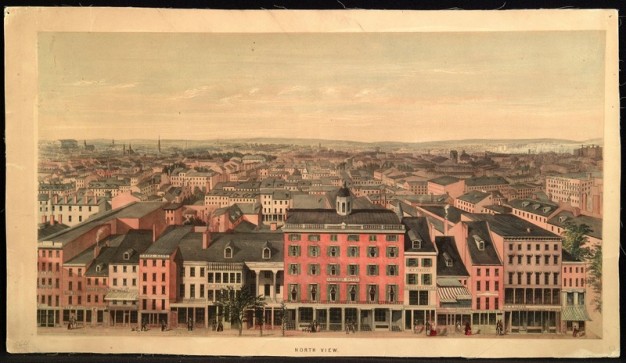"Visualizing Colonial Philadelphia" and the Experience of Early Urban Space
The Center for Digital Scholarship is delighted to announce "Visualizing Colonial Philadelphia," an exciting look at historical urbanization created by 2020 APS Digital Humanities Fellow, Molly E. Nebiolo. As a component of her dissertation research at Northeastern University, which examines historical health concerns in relation to early colonial experiences of urban space, Nebiolo sought to make these spaces more immersive and experiential using 3D modeling, mapping, and virtual reality (VR) technology. These tools have become increasingly accessible in recent years, much to the benefit of people looking to better understand the past. As Nebiolo says, “3D models and VR recreations of colonial spaces, like pre-Revolutionary Philadelphia, can help us to ask --- and answer --- questions about lived spaces, movement, and landscapes of that era.”

“Visualizing Colonial Philadelphia” presents Nebiolo’s work in the form of a web exhibit created with ArcGIS StoryMaps, which unfolds a narrative accompanied by illustrative graphics. It showcases her original work creating 3D models of period-appropriate buildings with SketchUp Pro and Unity, generously made freely available for download. Also featured is a rich section on her methodology, which gives insight to the process and amount of work that goes into projects like this one. Although due to COVID-19 pandemic response measures, her DH fellowship residency and ability to conduct research in APS collections was cut short, she was able to incorporate her research on early colonial Philadelphia Quit Rent Rolls into the exhibit.
In summer of 2020, Molly Nebiolo also completed a predoctoral Experiential Fellowship at the APS Center for Digital Scholarship, in partnership with Northeastern University. This project centered around datafication and storytelling with meteorological journals kept at James Madison’s Montpelier plantation. Read her blog entry about her process and visit the resulting digital exhibition, "Locating the Transatlantic Seed Trade in James Madison's Garden."

